27 Jun Why Hiring a PR Firm is an Excellent Idea: A Peek into an Award-winning Research Project
By Tina Malott
 Each professional and academic discipline is founded on one or more practical theories born from extensive research and study. Atmospheres of universal thinking and practice exist throughout all fields of interest and study and those paradigms were born from established research findings and recognized successes.
Each professional and academic discipline is founded on one or more practical theories born from extensive research and study. Atmospheres of universal thinking and practice exist throughout all fields of interest and study and those paradigms were born from established research findings and recognized successes.
From Psychology and Medicine, to Urban Planning and Architecture, professionals practice their art confidently while sometimes unknowingly standing on the shoulders of long-established research theories.
The communications discipline is no different. How effective and successful an organization is at genuine and mutually beneficial communication has been studied and tested by the field’s most well-respected and seasoned practitioners and academics. Although a younger area of study compared to Psychology and Sociology, communications and public relations champions have established several theoretical frameworks from which the profession has grown.
The most dominant theory in the communications discipline is the Excellence Theory. The theory is the result of an international study of more than 320 organizations. The Excellence theory provided guidelines for how public relations should be conducted, structured and implemented in order to contribute to overall organizational excellence. However, public relations agencies were not included in the study because they were considered to be too complex in terms of measurable characteristics, which seemed inopportune to me, a then graduate student at San Diego State University and experienced public relations agency practitioner. What makes a public relations agency “excellent” if not measured by the same standards as organizations in other fields?
The Excellence Theory found that an organization is likely “excellent” (meaning successful at effectively communicating core messages to internal and external publics) if they had specific characteristics (the following is just a partial list as the theory is robust):
- A skilled communication department with a sound knowledge base of communication tactics
- A coalition of organizational leaders that truly value and understand the importance of effective communication with target publics
- A company culture that fosters teamwork and innovation, and that empower employees through joint decision making
- A management structure that includes communication professionals at the decision-making table
Again, the original theory excluded public relations agencies because they play varied roles for multiple organizations and their culture, value perception, and decision-making position fluctuates with each client. However, the agency itself is an organization and it has internal and external publics that it is responsible for communicating with. There are power hierarchies and an internal company culture just like other organizations.
I conducted in-depth interviews, telephone surveys, and online surveys to test the theory’s application to PR agencies. What I found was that the theory definitely applied to agencies, but what was most interesting about the findings was that PR agencies by nature of their business purpose were all likely “excellent.” The implications of this research served agencies well and begged the question, “Are companies that hire PR agencies more likely to be excellent?” When you think about it, a company that hires a PR agency is illustrating the fact that they value communications. The company is folding in a skilled and experienced team into their communication department, which is establishing a strong knowledge base. In many cases the company is inviting a member of a PR agency to sit at the decision-making table to work through strategy and long-term planning.
The ultimate result of this research was a value statement for PR agencies – If you want to be an excellent organization, you should hire a PR agency.
The research project earned the Public Relations Society’s Betsy Plank Graduate Research Award for its significant contribution to the communications field of study.
